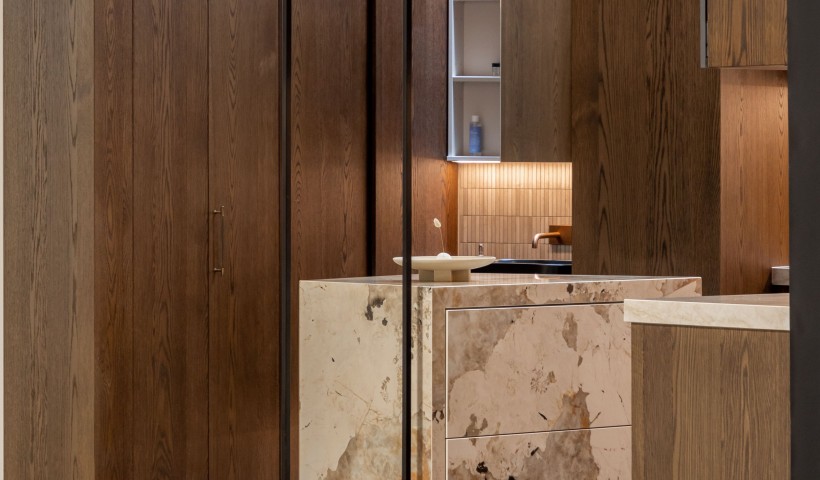
The link between design and quality of life is long established. Well-designed objects that are both beautiful and functional trigger positive emotions such as calmness and contentment. Along with these two factors, comfort is a crucial factor in quality of life for all end users. It reiterates that ease of operation in home environments is a central interest, but of particular concern for ageing populations.
In this three-part series, Hettich explores characteristics that contribute to comfortable living environments: ergonomics, functionality, and aesthetics — and how these can be achieved with Hettich hardware.
Ergonomics for easy operation
Increasingly, ageing communities are choosing to remain at home or move in with their children in a bid to remain independent and within a familiar, comfortable environment. Designing housing that is equally suitable for the able-bodied, disabled, very young or aged, encourages architects and designers to anticipate occupants of varying abilities over the life of a home. Also as a long term financial benefit, incorporating accessible design features into a home is vastly more cost-efficient than retrofitting when the need arises suddenly.
One ability that declines with age is the strength which is required to operate handles that need to be gripped or turned. Conventional cupboard doors found throughout the home may become difficult to operate with age. Sliding doors alleviate this difficulty by way of a simple push/pull operating motion that does not require much force. Requiring very little strength to operate and little to no grip force, sliding doors are easy to use and can eliminate the risk of injury posed by accidentally walking into protruding hinged doors.
It is important that today’s homes take into consideration the changing abilities and ergonomic requirements of their occupants.













 New Products
New Products











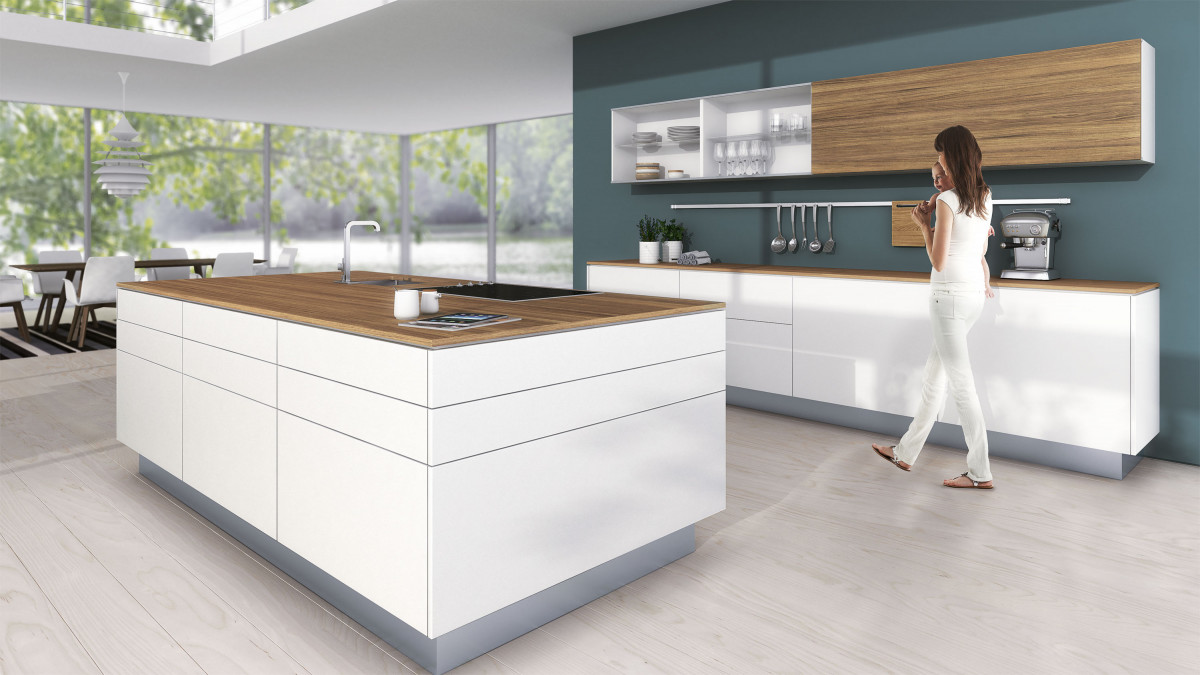
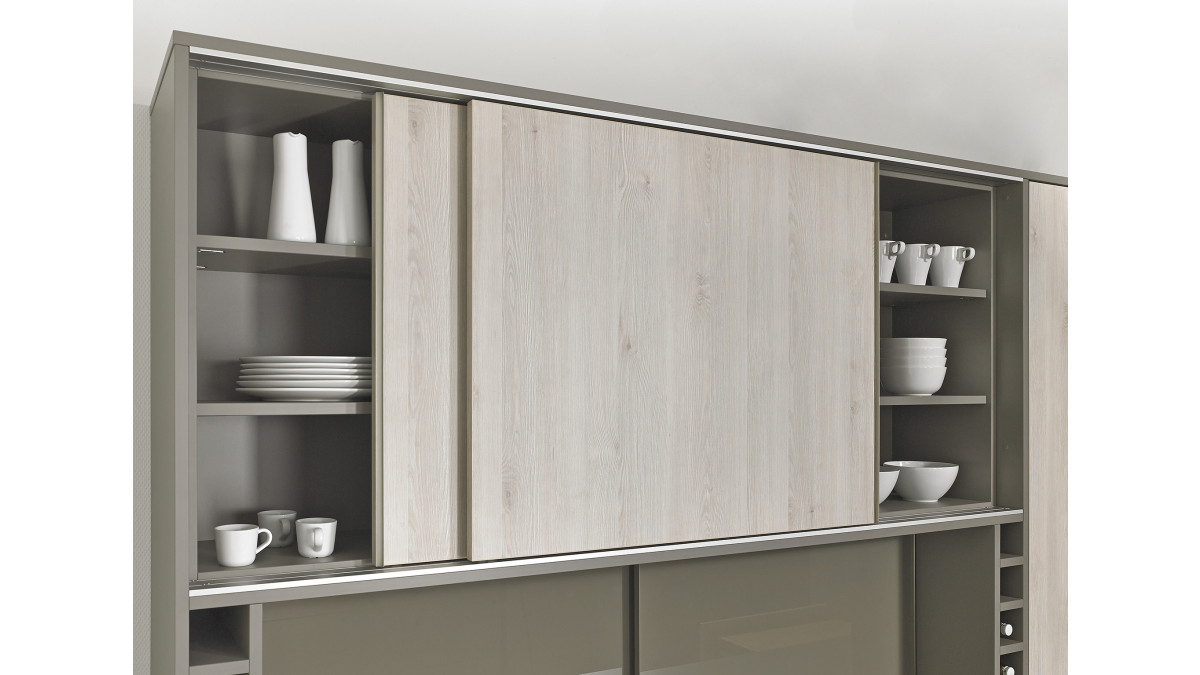


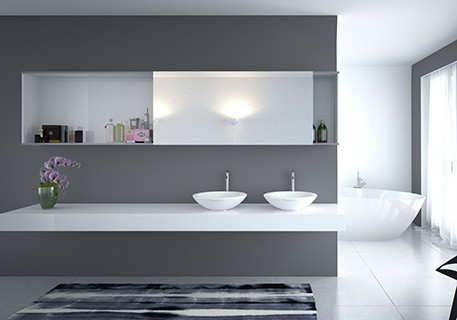

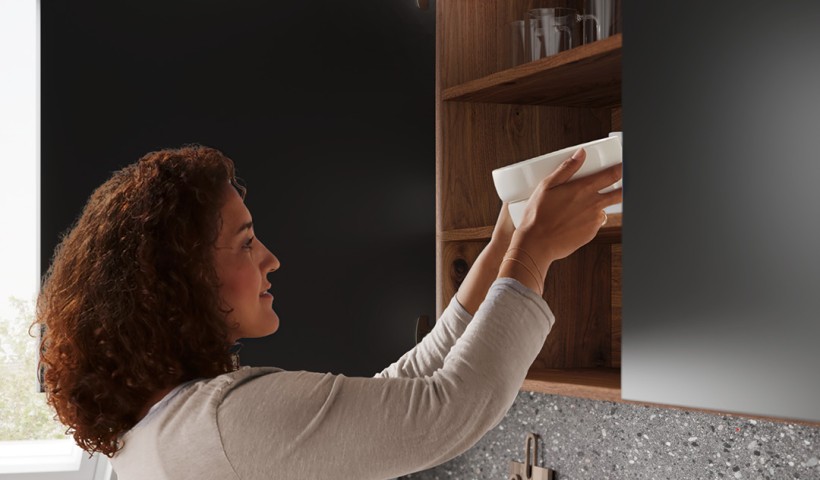
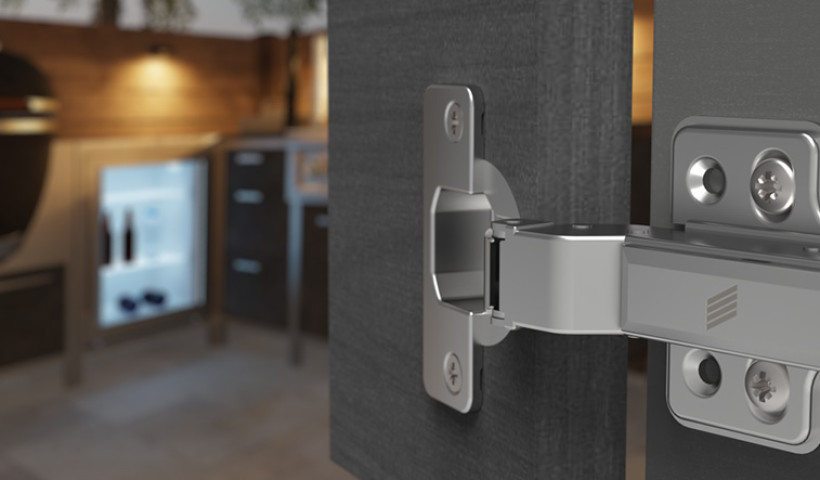
 Popular Products from Hettich
Popular Products from Hettich 


 Most Popular
Most Popular


 Popular Blog Posts
Popular Blog Posts
